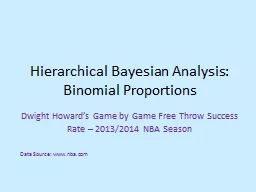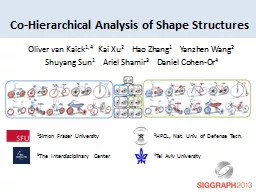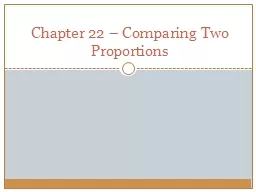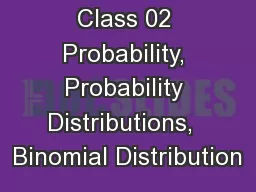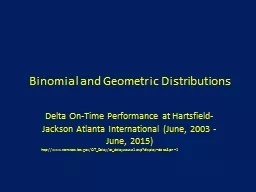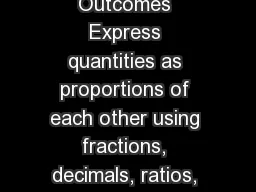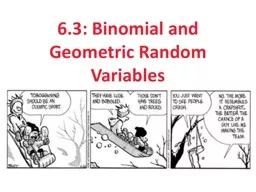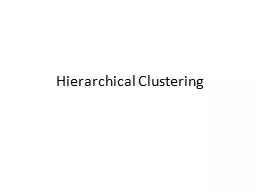PPT-Hierarchical Bayesian Analysis: Binomial Proportions
Author : aaron | Published Date : 2019-12-25
Hierarchical Bayesian Analysis Binomial Proportions Dwight Howards Game by Game Free Throw Success Rate 20132014 NBA Season Data Source wwwnbacom DataModel Description
Presentation Embed Code
Download Presentation
Download Presentation The PPT/PDF document "Hierarchical Bayesian Analysis: Binomial..." is the property of its rightful owner. Permission is granted to download and print the materials on this website for personal, non-commercial use only, and to display it on your personal computer provided you do not modify the materials and that you retain all copyright notices contained in the materials. By downloading content from our website, you accept the terms of this agreement.
Hierarchical Bayesian Analysis: Binomial Proportions: Transcript
Download Rules Of Document
"Hierarchical Bayesian Analysis: Binomial Proportions"The content belongs to its owner. You may download and print it for personal use, without modification, and keep all copyright notices. By downloading, you agree to these terms.
Related Documents

